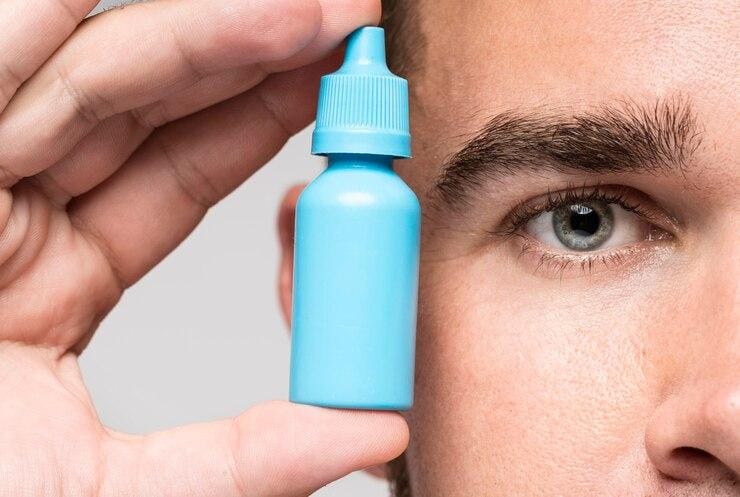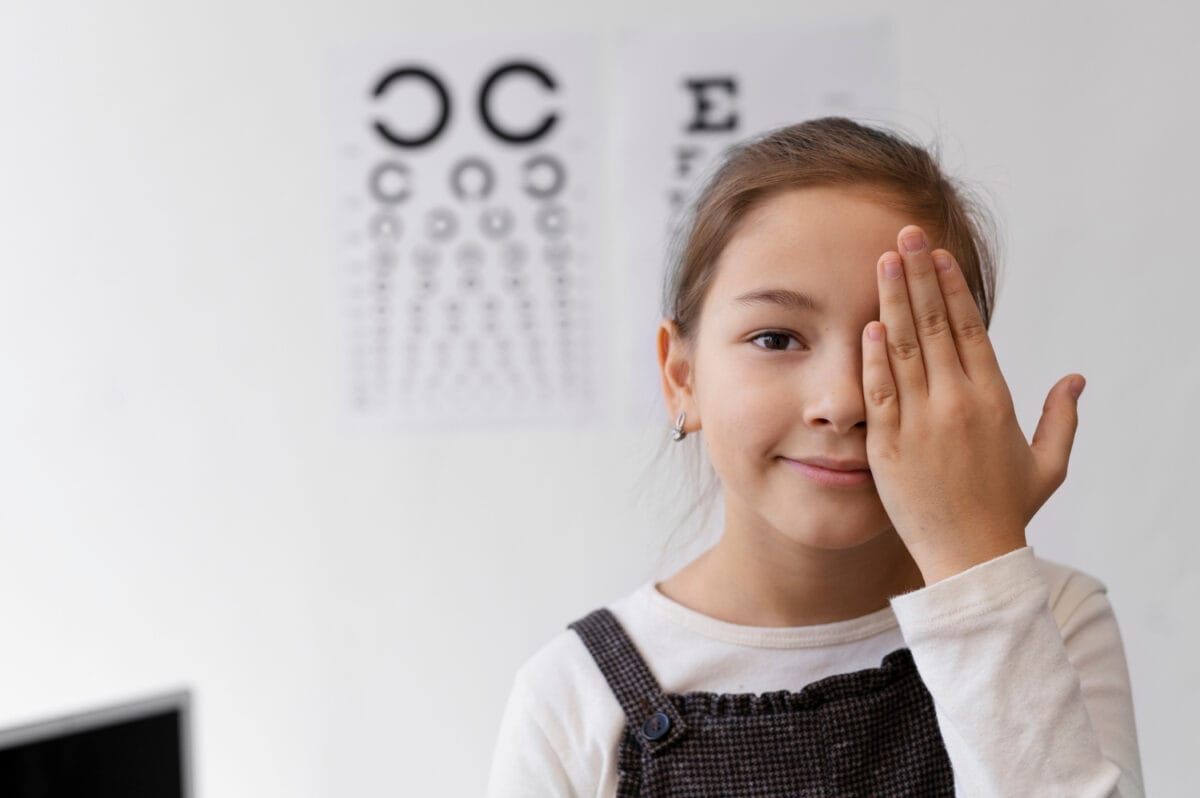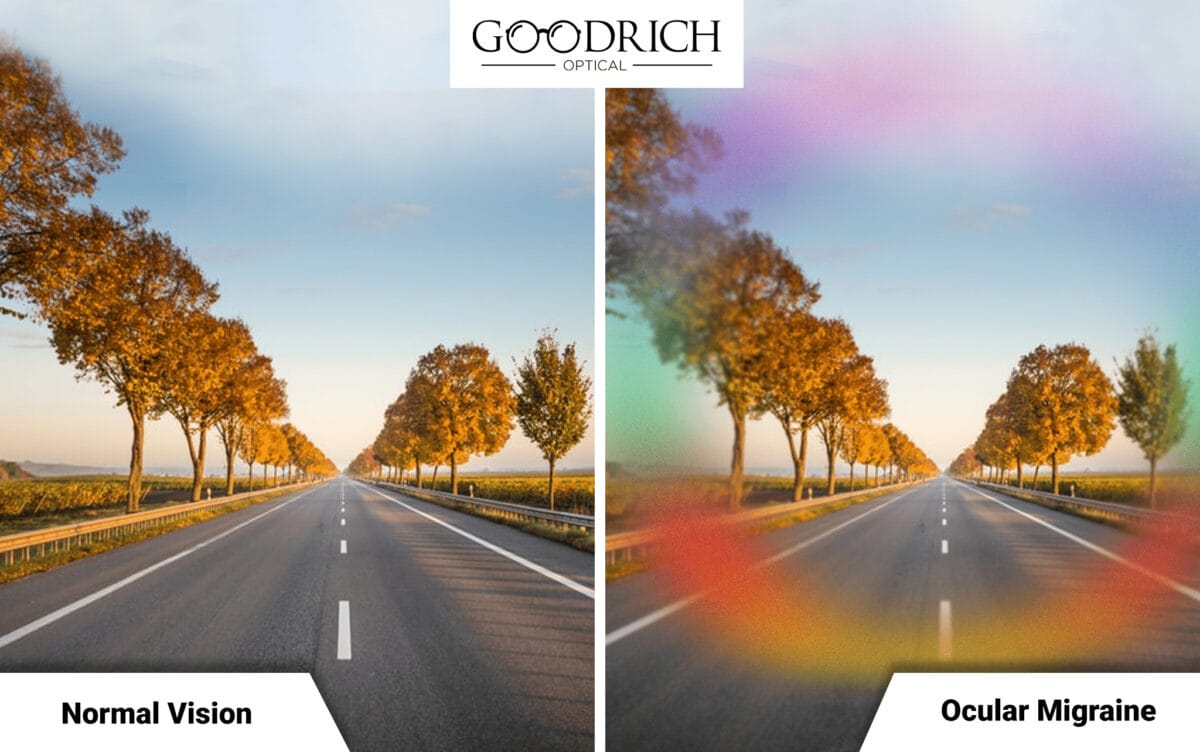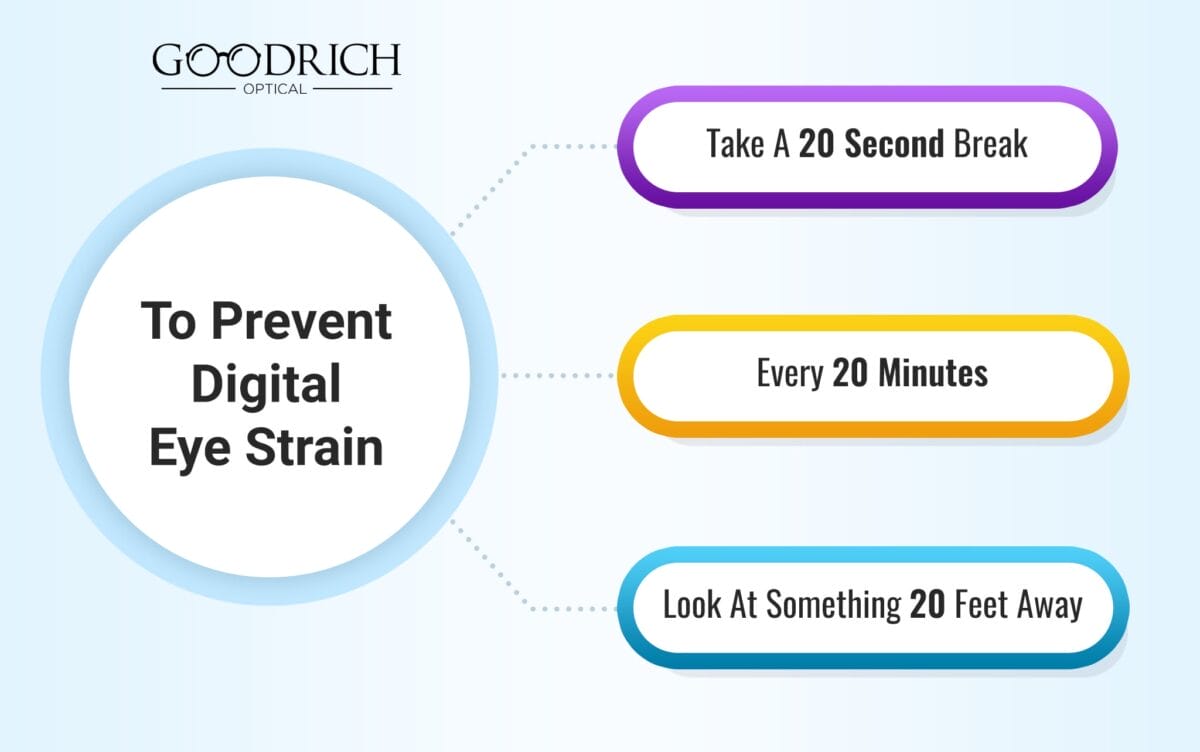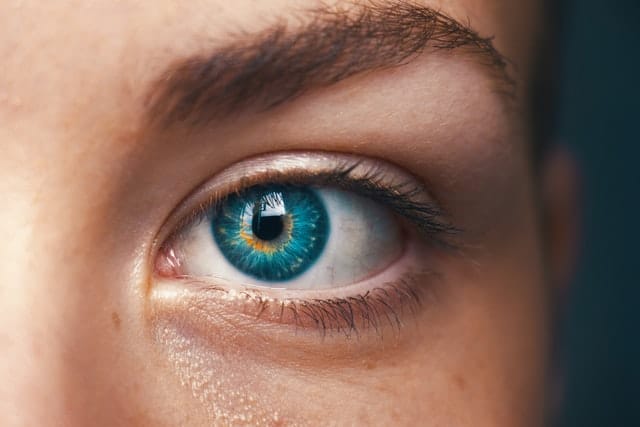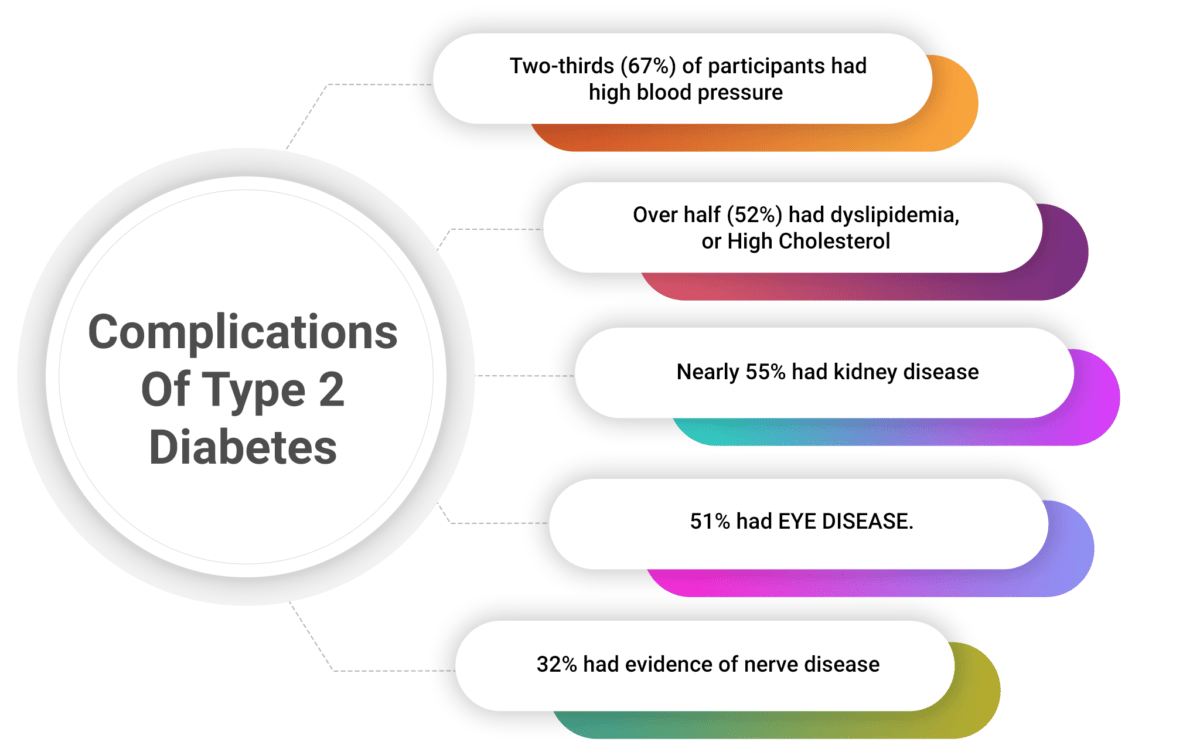Progressive lenses provide seamless vision for near, intermediate, and distance vision, all in one lens. No need to switch between bifocals, trifocals or readers like you're changing TV channels - progressive lenses can do it all.
This year has spooked consumers like no other, with multiple warnings from the FDA about dozens of eye drops that contain potential bacteria and contamination. In January and February, the Food and Drug Administration recalled two over-the-counter eye drops-EzriCare Artificial Tears and Delsam Pharma's Artificial Tears, after they were found to cause bacterial contamination. An outbreak of a rare drug-resistant strain of Pseudomonas aeruginosa was linked to the usage of these eye drops. Out of 55 patients in 12 states who use these drugs, one patient died of a bloodstream infection.
Occupational eye injuries can have a devastating impact on a worker’s health and well-being. Beyond the immediate pain and discomfort, such injuries can result in vision loss, extended medical treatment, and even permanent disabilities.
June is Child Vision Awareness Month. The purpose of this month is “to better educate and counsel the public on children’s vision problems and detection of eye diseases in children and infants. And, to increase the number of school-aged children who have an eye exam by an Optometrist or Ophthalmologist and increase the number of children with learning disabilities who have a developmental vision exam to rule out vision problems.”
Stress is the common term used to describe the emotional and physical fatigue that occurs when the body is overworked or under constant pressure. Unfortunately, stress can impact our vision in various ways as well. It is crucial to understand how stress affects our eyesight and what we can do to manage our stress levels effectively.
We have all experienced headaches. Most adults get a headache every now and then, but how do you know if your headache is serious? The term "ocular migraine" can be confusing. It generally means a headache that's accompanied by changes in vision. The term is often used interchangeably to refer to two different conditions: migraine with aura.
Heterochromia comes from the Greek word "heteros" which mean different and "chroma" which means color. It is a condition where a person has two distinct eye colors. One can have this condition from birth or develop it over time. The colored part of the eye (Iris) consists of one of the colors, such as brown, green, black and blue. But some people have unique colors in one eye, and some have different eye colors because of heterochromia.
For those sitting in front of a computer screen (or screens) for long hours, the result has been a significant increase in eye related symptoms; Dry eyes, blurry vision, red, itchy eyes, headaches, as well as shoulder and neck pain. We refer to this as digital eye strain or computer vision syndrome, and it can lead to long term health implications.
If you can count, it's thanks to your pupils. The holes in the center of your eyes can detect quantity, new research finds. The mechanisms we use to sense quantity are located in our pupils. This is the result of a study conducted by the School of Psychology of the University of Sydney, in collaboration with the Universities of Pisa and Florence (Italy), just published in Nature Communications.
Phil Zeitler, MD, PhD, has been treating kids with type 2 diabetes for more than 20 years. He and a team of researchers published a paper in the TODAY2 Study in the New England Journal of Medicine on the long-term complications of type 2 diabetes. (TODAY stands for Treatment Options for type 2 Diabetes in Adolescents and Youth). The first phase of the study took place from 2004 -- 2011; phase two from 2011 -- 2020. Both studies involved more than 550 participants from across the country.

Contact us
Call us
Visit us anytime
Goodrich Optical, 2450 Delhi Commerce Dr. Holt, MI 48842
Send us an email
About us
Subscribe
Sign up for our newsletter to receive all the latest eye health news as well as offers and discounts from Goodrich Optical.
Copyright © 2023 all rights reserved.


